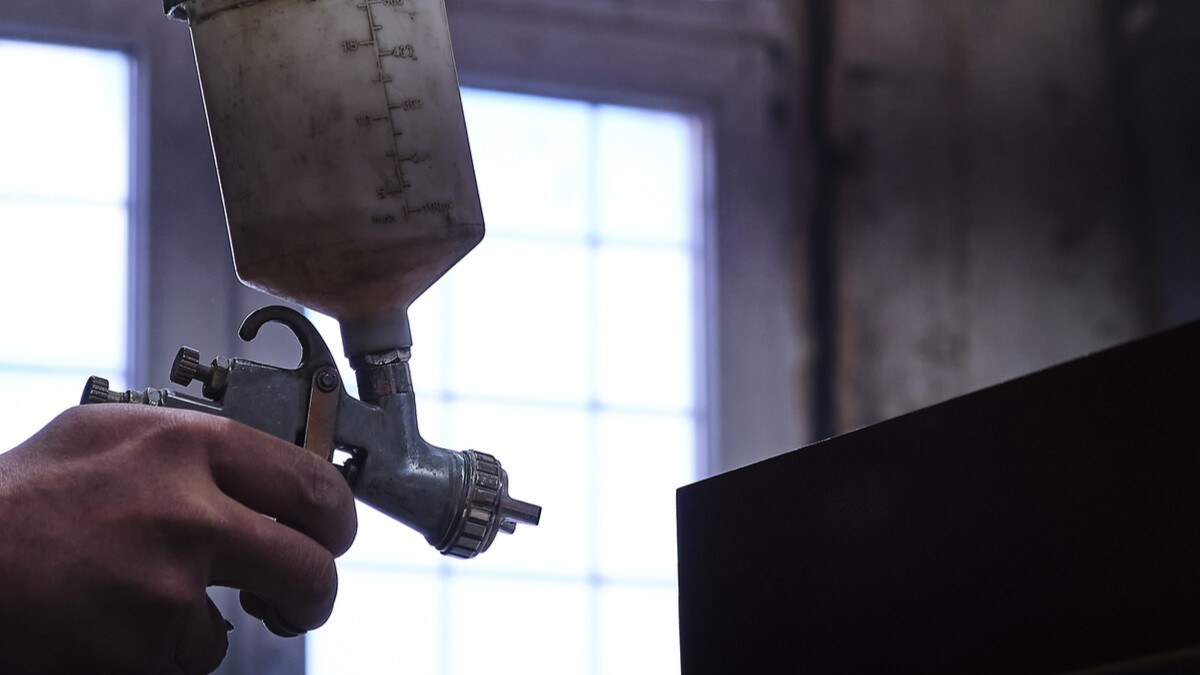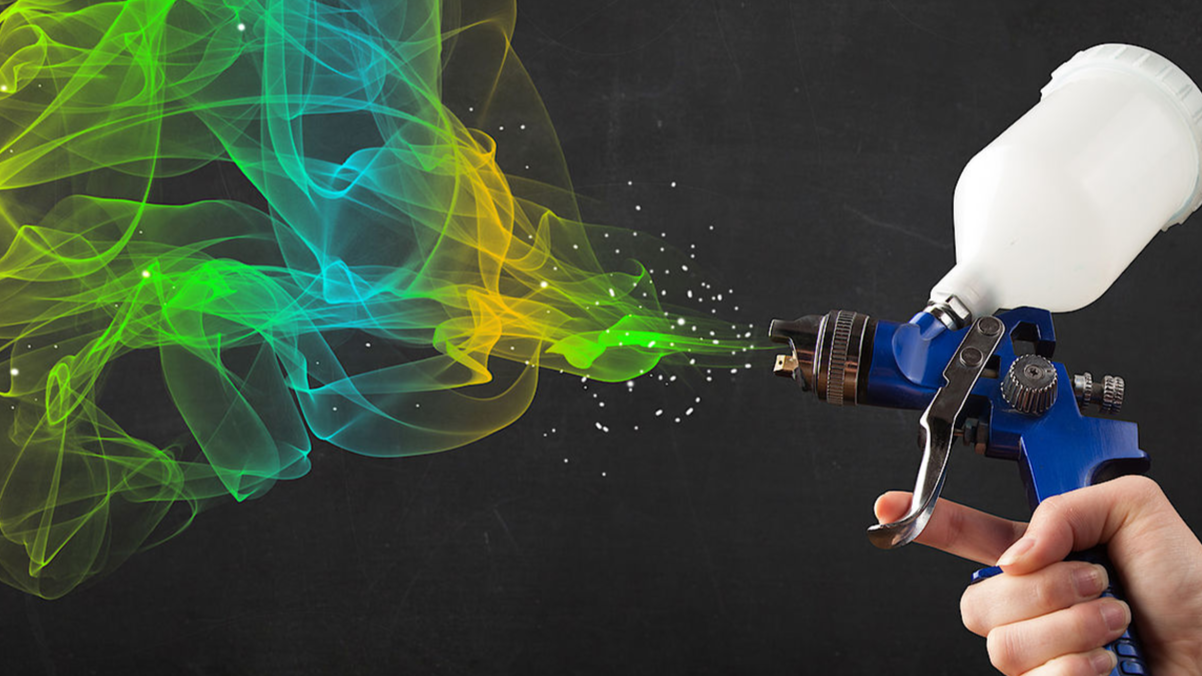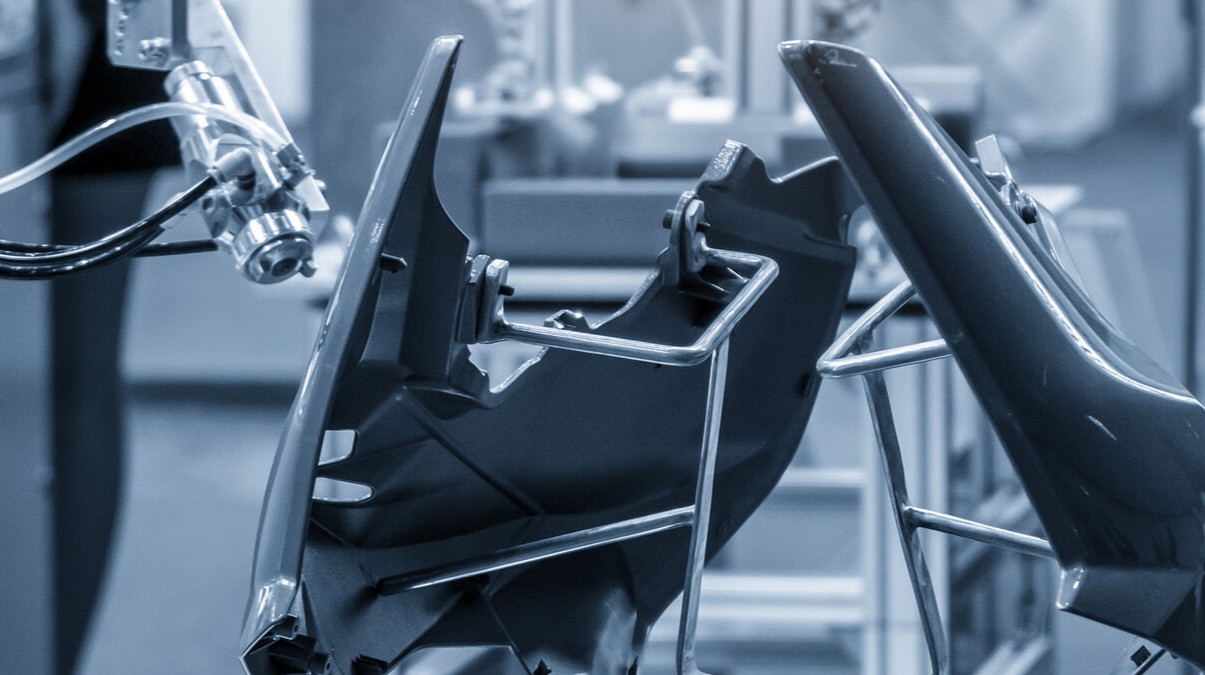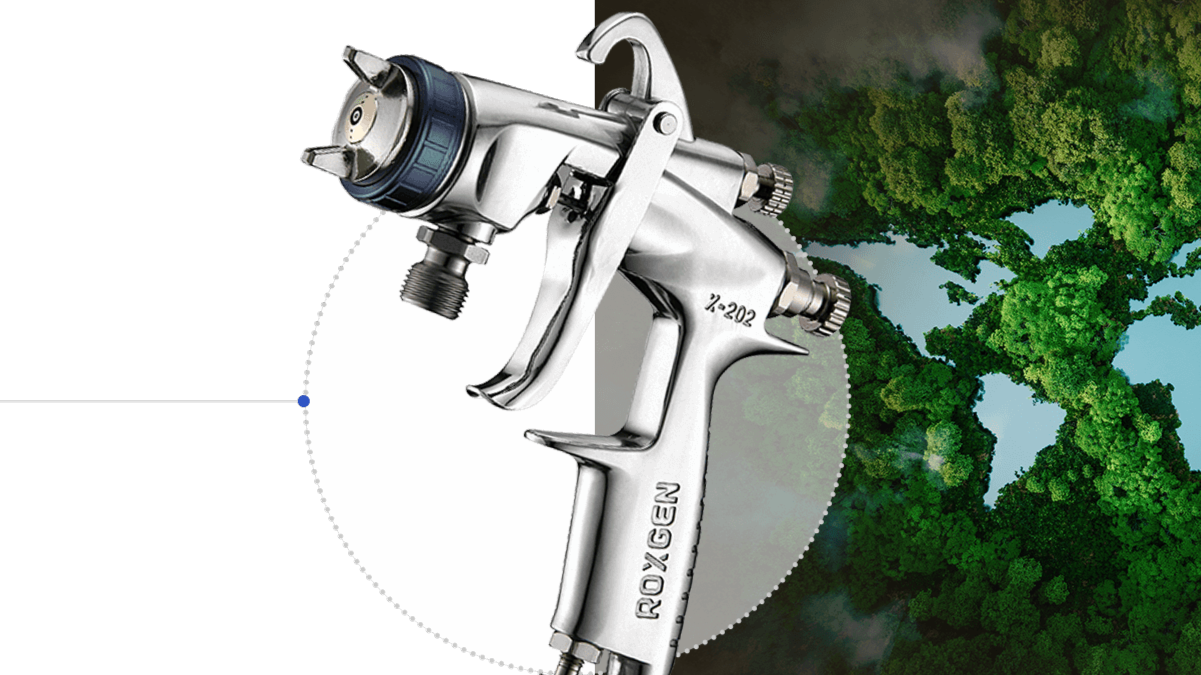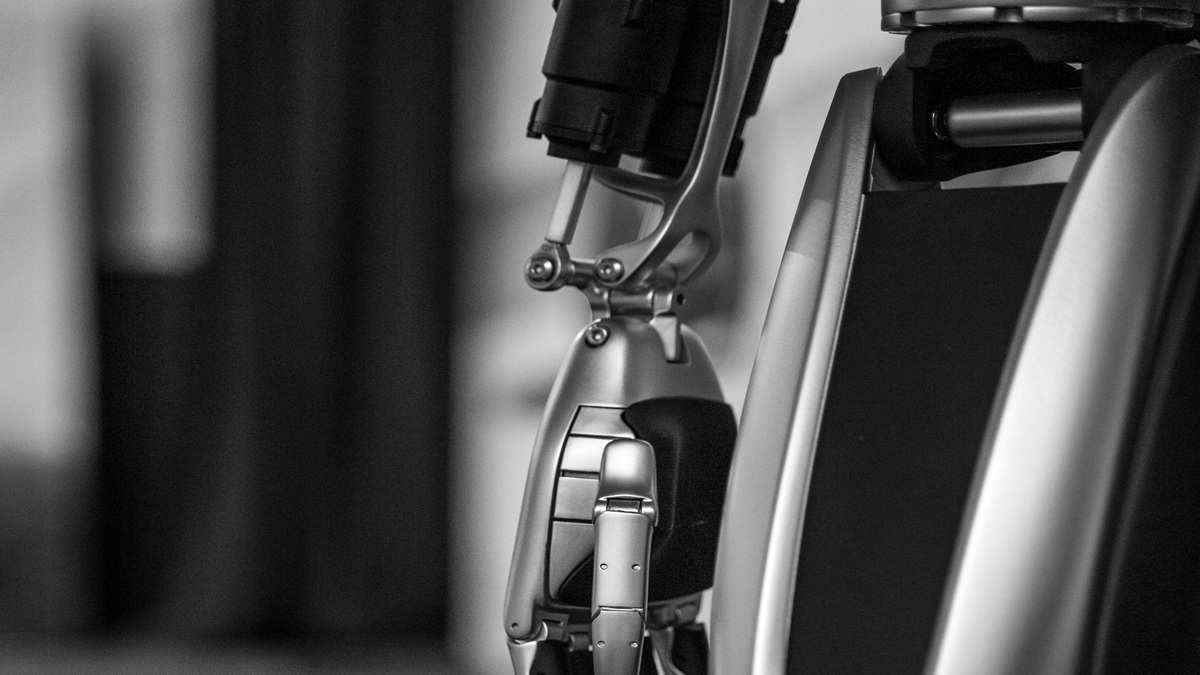- Showing results for
- Metal Spraying (Metallikon)
In industrial manufacturing, the surface performance of a part often dictates its lifespan and overall value. However, traditional coating technologies struggle to handle extreme challenges like high temperatures, wear, and corrosion. This often leads to frequent equipment failure and high maintenance costs. This is precisely why thermal spraying emerged as a revolutionary solution. It uses high energy to "deposit" materials onto a component's surface, giving it entirely new properties like wear and corrosion resistance. This fundamentally elevates the product's performance and value.
2025-08-20 17:23:15
Spray guns are essential tools for professionals and DIY enthusiasts alike, helping them work efficiently. However, like any other tool, keeping a spray gun in top condition requires regular cleaning and maintenance. Understanding how your spray gun works and performing routine upkeep are the two keys to ensuring stable operation and a long service life.
2025-08-20 16:49:26
From the early cast-iron spray guns to modern carbide and ceramic materials, the durability of spray guns has made a monumental leap. These historical examples show that upgrading materials can increase durability by dozens of times. Modern material technology further highlights this trend: under the same working conditions, reports indicate that the lifespan of a steel spray gun is far shorter than that of a tungsten carbide gun, which in turn is not as durable as a ceramic spray gun. This makes the choice of material for this critical industrial component a determining factor in production efficiency and cost control.
2025-08-20 16:31:44
In the past, painting and coating operations relied heavily on manual experience, where the adjustment of pressure, flow rate, and spray shape was filled with uncertainty. This not only led to inconsistent product quality but also resulted in material waste and high maintenance costs. However, within the framework of smart manufacturing, coating technology is evolving from a simple mechanical process into an intelligent system that can be precisely controlled, monitored, and optimized.
2025-08-20 15:56:15
A nozzle is more than just a component; it's the heart of your production process. A poorly designed nozzle can lead to endless adjustments and maintenance headaches, while a precise and reliable one can dramatically improve your product quality, helping you stand out in the market.
2025-08-20 15:45:42
Imagine walking into your kitchen in the morning and seeing the robotic arm of an automatic coffee machine steadily grasping your cup, or observing a robot arm in a warehouse rapidly and precisely moving boxes. Behind these smooth movements, it is not just motors or programming at work; structural components quietly provide critical support. Frames, brackets, and housings do more than maintain the skeleton—they carry high-precision gears and bearings, distribute motion loads, protect internal systems, and ultimately allow the robot to move as naturally and steadily as a human hand.
2025-08-20 10:36:52
Metal spraying is the process that uses compressed air or inert gas to spray molten, corrosion-resistant metal onto a metal surface to form a protective coating.
2022-05-04 11:13:35
Agree


